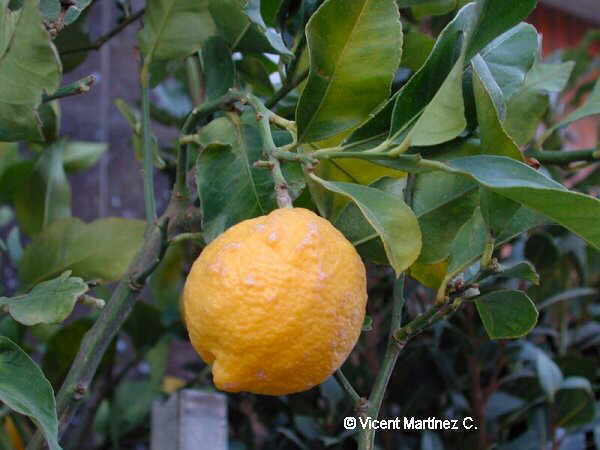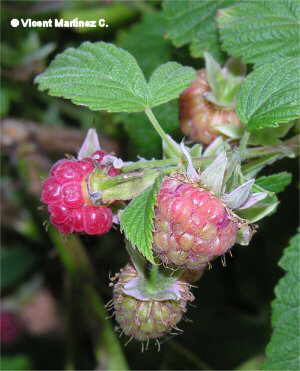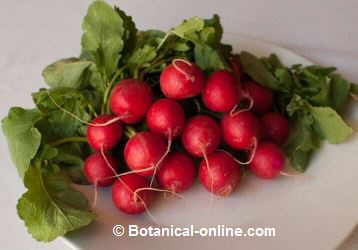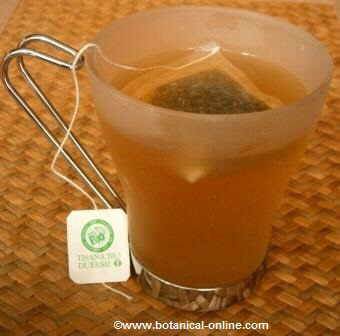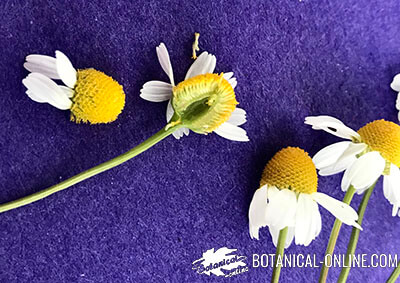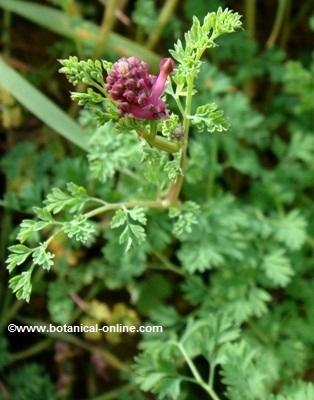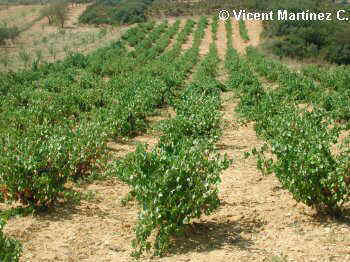Contents
Natural remedies with avocado
PHYTOTHERAPY: Medicinal preparations with avocado
Internal use remedies with avocado
– Intestinal parasites: The seeds are crushed to make a 5% decoction is used to eliminate intestinal parasites. (This preparation, because it contains cyanogenic component amygdalin, may be dangerous and it is always harmful in long treatments. It is not recommended in home medicine)
– Emmenagogue: To promote and regulate menstruation, take an infusion made from dried roots (For its saponin content, this preparation may be dangerous and it is always harmful in long treatments. It is not recommended in home medicine)
– Digestive system: Use the infusion of its leaves at 10% for treating gastritis and stomach pains (For its saponin content, this preparation may be dangerous and it is always harmful in long treatments. It is not recommended in home medicine)
– Cholesterol:
Avocado is a fruit rich in Omega 9, a type of very suitable to prevent the formation of bad cholesterol fats, reducing the risk of cardiovascular disease, such as stroke or brain hemorrhage.
Equally interesting in this regard is its high content of lecithin, necessary in the metabolism of fats and very useful to increase good cholesterol and preventing poor circulation.
At its properties must add its high content of vitamin E and glutathione, a powerful antioxidant very necessary for the proper functioning of the heart. These qualities make it an essential food in the diet for hypertension and, in moderate doses, in diabetes.
The anti-cholesterol medicinal values of avocado pulp are very-well recognised. Eating avocados regularly is the best way to control cholesterol (More information about food properties of avocado in the listing below)
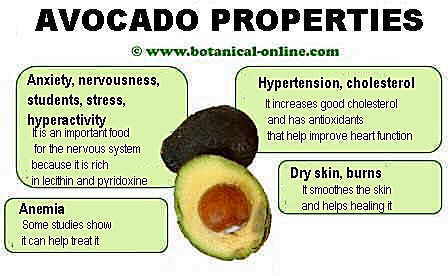
Summary- sheet of the properties of avocado
External use preparations with avocado
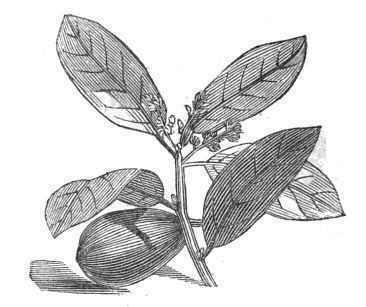
Illustration of the plant, with the leaves, flowers and fruits
Used externally, for its richness in vitamin D and vitamin E as well as saponins, it is able to stimulate collagen formation.
This makes avocado a good balm for the skin, ideal for treating many skin disorders, especially in cases of eczema and dermatitis. (We can combat them using a cream made with avocado pulp or by means of the external application of its oil)
These same preparations can be used for external treatment of other skin conditions, such as pimples, spots or scabs caused by psoriasis.
Apart from the emollient properties of its oil, we must mention its inflammatory properties that can be used to combat joint pain in painful conditions, such as rheumatoid arthritis or gout night attacks.
COSMETIC PROPERTIES OF AVOCADO
The soothing properties of avocado oil, extracted from its seeds, are used in the cosmetic industry as a common ingredient in many creams for skin and hair care.
A good and cheap remedy for maintaining a youthful face without wrinkles is to make a mask with avocado pulp and keep it before going to sleep for half an hour on your face.
Keep in mind that avocados are used extensively in cosmetics for skin care, especially for wrinkles.
For its richness in fat, they are often used in the development of dry skin creams or masks for wrinkles.
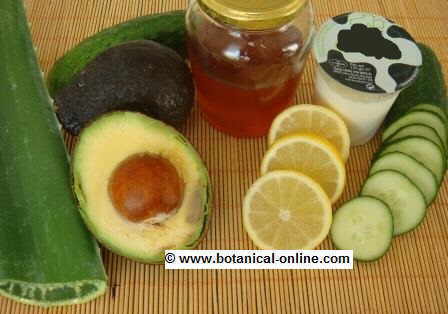
Photography of the main remedies for skin beauty: aloe vera, avocado, cucumber, honey, yogurt and lemon.
– Acne: Because it is rich in essential fatty acids, it is desirable to help heal skin wounds, such as pimples, sunburn, chapped skin, etc.
– Dry skin: It consists of making a mask with avocado and keep bedtime for half an hour on the face. This treatment is indicated in menopause, when dry skin problems may occur. The avocado is ideal for the treatment of normal or dry skin, but should not be applied on oily skin.
– Dry hair
AVOCADO PROPERTIES VIDEO
![]() More information on avocado.
More information on avocado.


